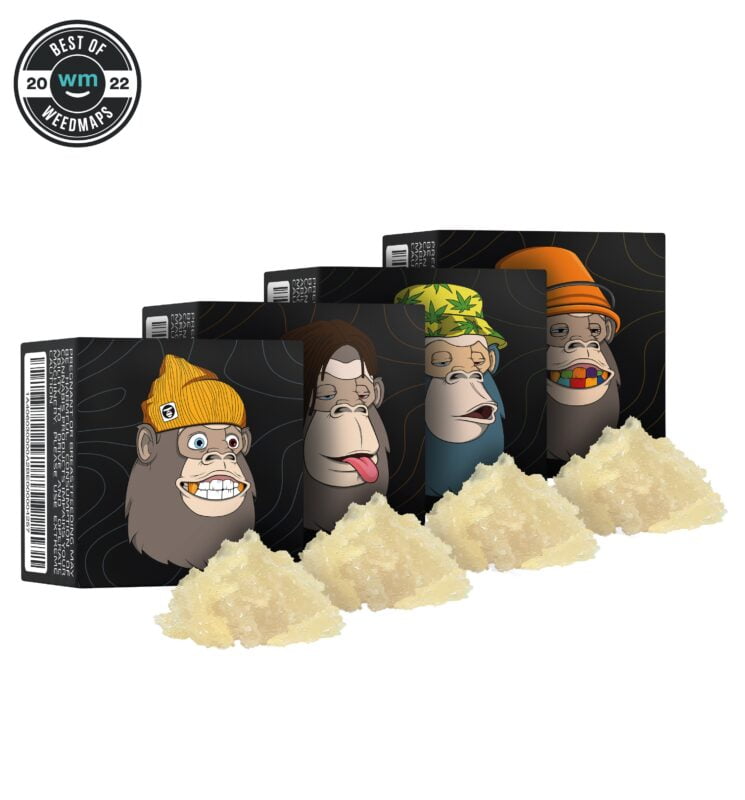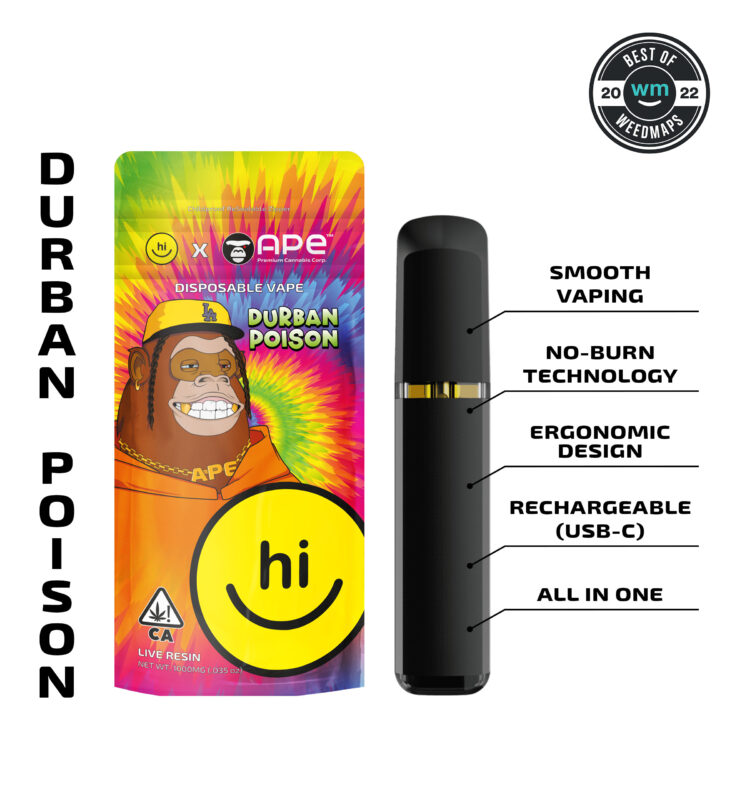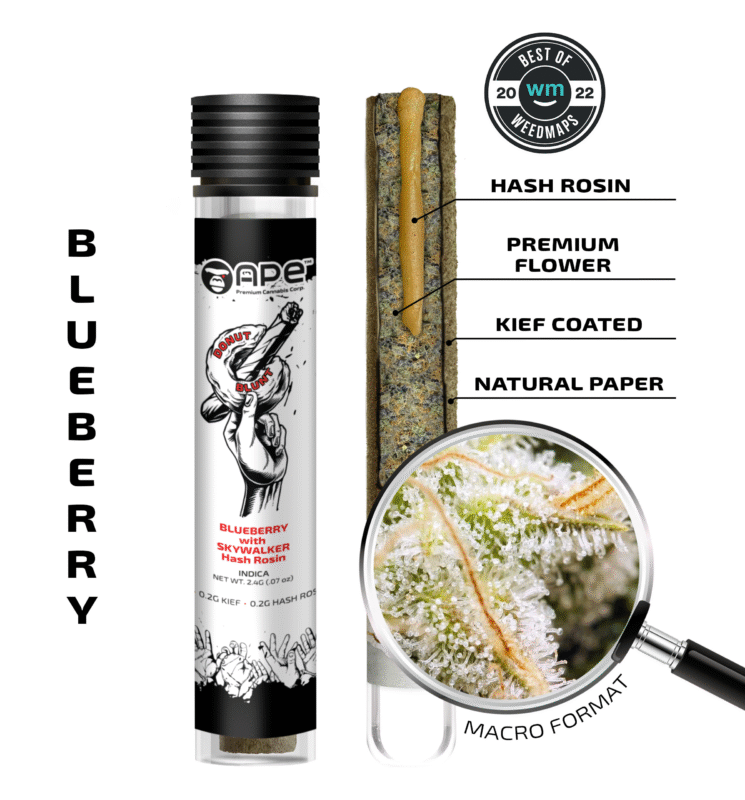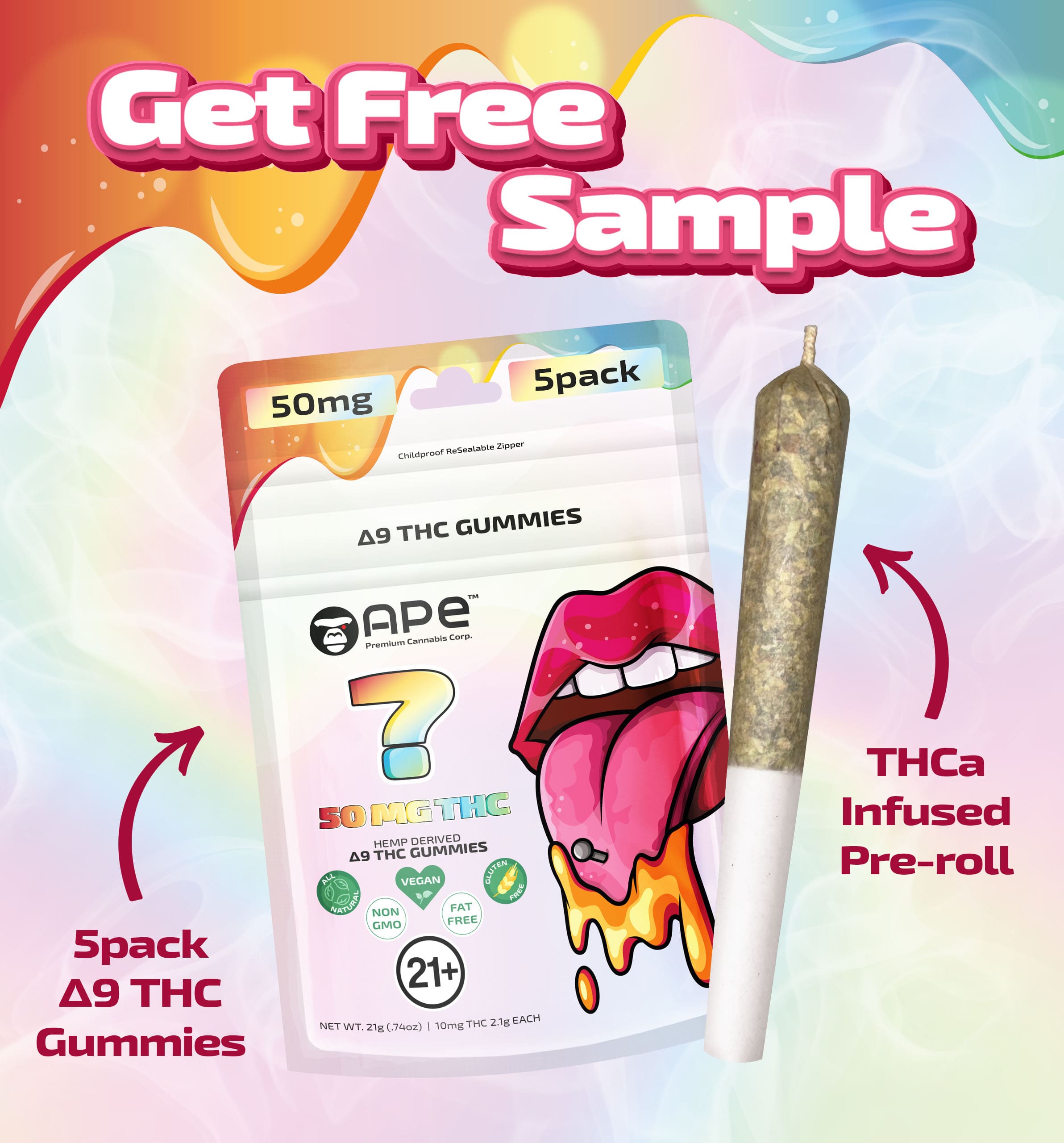
Weed Education
What is Cannabis Extract?
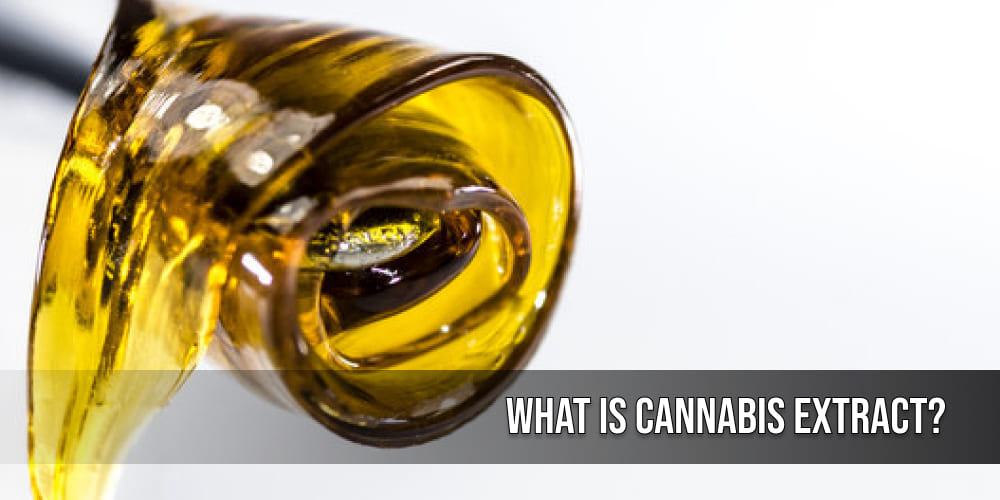
What is Cannabis Extract? Cannabis extract is a concentrated form of cannabis that’s produced by isolating the plant’s active compounds, including cannabinoids like THC (tetrahydrocannabinol) and CBD (cannabidiol), terpenes, and flavonoids. The extraction process helps intensify the beneficial properties of cannabis while reducing the bulk of the plant material. With its potency and versatility, cannabis extract has become increasingly popular in both the medical and recreational cannabis markets. Extracts are used in various forms such as oils, tinctures, edibles, topicals, and concentrates, offering a wide range of options for consumers.
The extraction process allows cannabis enthusiasts to consume cannabis in a more concentrated and effective manner. Whether it’s for therapeutic use, like treating chronic pain or anxiety, or for recreational enjoyment, cannabis extract offers an alternative to traditional flower consumption.
In this article, we’ll dive deeper into the world of cannabis extract, exploring the different types, extraction methods, and their uses.
Types of Cannabis Extracts
Cannabis extracts come in various forms, each offering different characteristics based on the extraction process. The type of cannabis extract you choose will depend on your preference for potency, flavor, and the specific cannabinoids you’re seeking. Below are some of the most popular cannabis extract types:
1. Cannabis Oil
Cannabis oil is one of the most popular forms of cannabis extract. It’s made by extracting the cannabinoids from cannabis and mixing them with a carrier oil like coconut or olive oil. The resulting oil can be consumed in many ways: sublingually (under the tongue), as part of edibles, or applied topically for targeted relief.
Cannabis oil comes in different strengths, with products ranging from CBD oil for medicinal use to high-THC oils for recreational purposes. Medical users often prefer cannabis oil because it offers precise dosing, making it easier to manage symptoms like pain, anxiety, and insomnia.
2. Shatter
Shatter is a cannabis extract known for its glass-like texture and high potency. It’s made through a process known as butane hash oil (BHO) extraction, where butane is used to extract cannabinoids from cannabis. Shatter typically contains 70-90% THC, making it one of the most potent forms of cannabis extract.
Due to its potency, shatter is typically consumed by dabbing, though it can also be vaporized or added to cannabis flower. Its brittle, glass-like texture gives it the name “shatter,” which refers to the way it breaks apart when handled.

3. Wax
Wax is another popular cannabis extract, also made using the BHO method. Unlike shatter, wax has a softer, more pliable consistency that is similar to ear wax. This softer texture makes it easier to handle than shatter, and it’s commonly used for dabbing or vaporizing.
Like shatter, wax is highly potent, often containing THC levels between 60-80%. The softer texture of wax makes it an attractive option for those looking for a strong experience that’s easier to work with.
4. Rosin
Rosin is a solventless extract, made by applying heat and pressure to cannabis flowers or hash to release the resin. Unlike other concentrates like shatter or wax, rosin doesn’t require the use of chemicals or solvents, making it a cleaner, more natural option.
Rosin is highly prized for its pure flavor and high terpene content, as the extraction process preserves more of the plant’s natural aroma and taste. Extract like rosin is often dabbed or vaporized, but can also be mixed into edibles or applied topically.
5. Live Resin
Live resin is a concentrated form of extract that is made from fresh, frozen cannabis plants, rather than dried flowers. The freezing process helps preserve the plant’s terpene profile, leading to a more flavorful and aromatic concentrate. Live resin is particularly prized for its rich flavor and potent effects.
Due to its fresh nature, live resin retains more of the plant’s natural terpenes, which are responsible for the distinct smells and flavors of different cannabis strains. It is usually consumed by dabbing or vaporizing, as it offers a strong and aromatic experience.
6. Hash
Hash, also known as hashish, is one of the oldest types of extract. It’s made by separating the resin glands (trichomes) from the cannabis plant and compressing them into a solid block. This method is one of the most traditional ways to create extract and is still widely used today.
There are different types of hash, such as dry sift hash, bubble hash, and traditional hand-pressed hash. Hash can be smoked, vaporized, or used to make edibles, and it provides a milder, longer-lasting effect compared to concentrates like shatter or wax.
7. CBD Extract
CBD extract is a type of cannabis extract that is high in cannabidiol (CBD), a non-psychoactive cannabinoid that has gained popularity for its medicinal benefits. Unlike THC, CBD doesn’t produce a “high,” making it an appealing option for individuals seeking therapeutic effects without the intoxicating effects of cannabis.
CBD extract is typically made from hemp plants, which are naturally high in CBD and low in THC. These extracts are commonly used for conditions such as chronic pain, anxiety, and insomnia, and they come in a variety of forms, including oils, tinctures, and capsules.

Methods of Cannabis Extraction
The process of creating cannabis extract involves extracting the cannabinoids and terpenes from the cannabis plant. There are two main methods of cannabis extraction: solvent-based and solventless.
1. Solvent-Based Extraction
Solvent-based extraction methods use chemicals like butane, ethanol, or CO2 to separate the cannabinoids and terpenes from the cannabis plant. These methods are commonly used to produce concentrates like shatter, wax, and live resin.
- Butane Hash Oil (BHO) Extraction: This is one of the most popular solvent-based extraction methods, where butane is used to extract cannabinoids from cannabis. After extraction, the butane is evaporated, leaving behind a highly concentrated extract.
- CO2 Extraction: In this method, carbon dioxide is used to extract cannabinoids from cannabis without leaving behind any harmful residual solvents. CO2 extraction produces a cleaner, more refined cannabis extract that retains most of the plant’s original properties.
- Ethanol Extraction: Ethanol is another solvent commonly used to make cannabis extract. This process is efficient, but ethanol may also extract chlorophyll, which can affect the flavor and color of the final product.
2. Solventless Extraction
Solventless extraction methods are favored by many consumers who prefer a cleaner, more natural form of cannabis extract. These methods don’t use any chemicals or solvents and rely on physical processes like heat and pressure to extract the cannabinoids and terpenes.
- Rosin Pressing: Rosin is made by applying heat and pressure to cannabis flower or hash. The process forces the resin to be released, creating a concentrated cannabis extract that doesn’t involve any solvents.
- Ice Water Hash: Also known as bubble hash, this process uses ice water to separate trichomes from the cannabis plant. The trichomes are then collected and pressed into hash, a potent form of cannabis extract.
Uses of Cannabis Extract
Cannabis extract is used in a variety of ways, depending on the desired effect and the type of extract. The most common uses include:
1. Medical Use
Many people use cannabis extract for medicinal purposes. CBD extract, in particular, has gained widespread popularity for its ability to alleviate symptoms like pain, inflammation, anxiety, and insomnia without the psychoactive effects of THC. Cannabis oil and other cannabis extracts provide a controlled, consistent way to dose cannabinoids for therapeutic use.
2. Recreational Use
For recreational users, THC-rich cannabis extracts such as shatter, wax, and live resin offer a much stronger effect than traditional cannabis flower. These concentrates are ideal for those seeking a more intense and immediate high. Extracts like shatter and wax are usually consumed by dabbing or vaporizing, providing a fast-acting and potent experience.
3. Infused Products
Cannabis extracts are also commonly used to create a wide range of infused products, such as edibles, beverages, topicals, and capsules. These products allow users to consume cannabis in a variety of forms without smoking or vaporizing. Whether it’s CBD oil in a cream or THC extract in a chocolate bar, cannabis extracts provide a versatile way to incorporate cannabis into daily life.
Benefits of Cannabis Extract
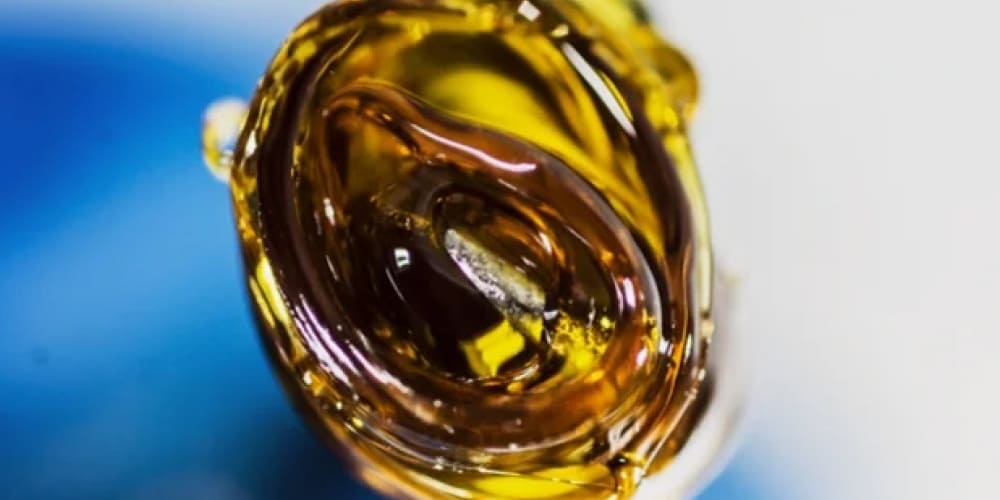
Cannabis extract offers a number of benefits, including:
- Potency: Because cannabis extract is highly concentrated, it provides a stronger effect with less product.
- Versatility: Cannabis extract can be consumed in a variety of ways, from dabbing to edibles, allowing users to choose the method that works best for them.
- Consistency: Unlike traditional cannabis flower, which can vary in potency, cannabis extract offers a more consistent experience, making it easier to control dosage.
- Cleaner Consumption: Solventless methods like rosin pressing provide a purer form of cannabis extract, appealing to consumers who prioritize a cleaner, chemical-free product.
Cannabis extract is a powerful and versatile way to consume cannabis. Whether you’re seeking a more potent recreational experience or using it for medicinal purposes, cannabis extract offers a wide range of benefits. From CBD oils to potent THC concentrates, there’s an extract for everyone. As extraction methods continue to evolve, the world of cannabis extract will only expand, offering even more options for users to explore.





